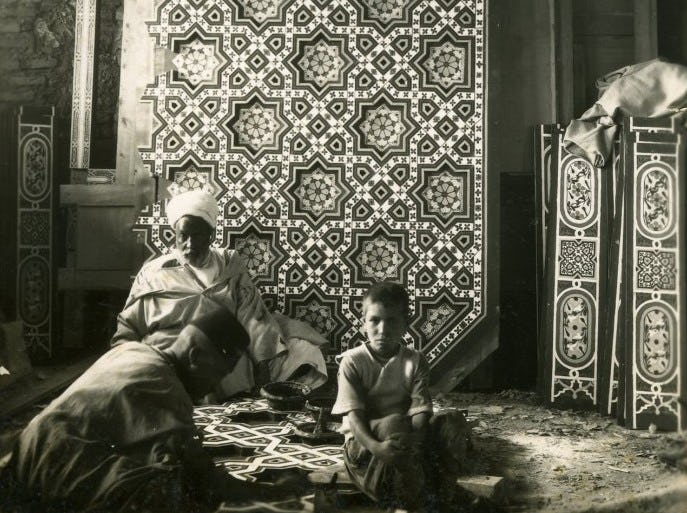Gem-Set Gold Panel with Navaratna Motif
Date19th century
PeriodMughal
MediumEnameled gold, diamond, emerald, ruby, sapphire, pearl, coral, topaz, hyacinth, cat's eye
DimensionsOverall (entire length of belt from end to end): 30 1/4 in. (76.8cm)
Other (square pendant): 2 1/4 x 2 1/4 in. (5.7 x 5.7cm)
ClassificationsJewelry
Credit LineGift of the Doris Duke Charitable Foundation. Courtesy of the Doris Duke Foundation for Islamic Art.
Object number57.114
DescriptionThis gold panel is inset with eight stones (pearl, red coral, emerald, yellow sapphire, diamond, blue sapphire, hessonite (red zircon), and cat’s eye), encircling a central ruby. The stones are set using the kundan technique, in which thin strips of pure gold are applied around the stones to create the mount. Green and red enamel designs decorate the area around the densely inlaid stones. The reverse of the panel is adorned with an intricate enamel floral design — a detail that only the wearer would appreciate. This may have been the central panel of an armlet called a bazuband. This auspicious combination of nine stones is called the navaratna (from Sanskrit, “nine stones”) and corresponds with the sun, moon, and planets. Pearl represents the moon; red coral, Mars; emerald, Mercury; yellow sapphire, Jupiter; diamond, Venus; blue sapphire, Saturn; hessonite, the ascending lunar node; cat's eye, the descending lunar node; and ruby, the Sun. This talisman was worn to protect the wearer from negative influences, with each stone similar in size so that one does not outway another. This tradition originated with Buddhist, Hindu, Jain, and Sikh communities and was enthusiastically adopted by the Mughals.
On View
On viewCollections
19th century
19th century

















